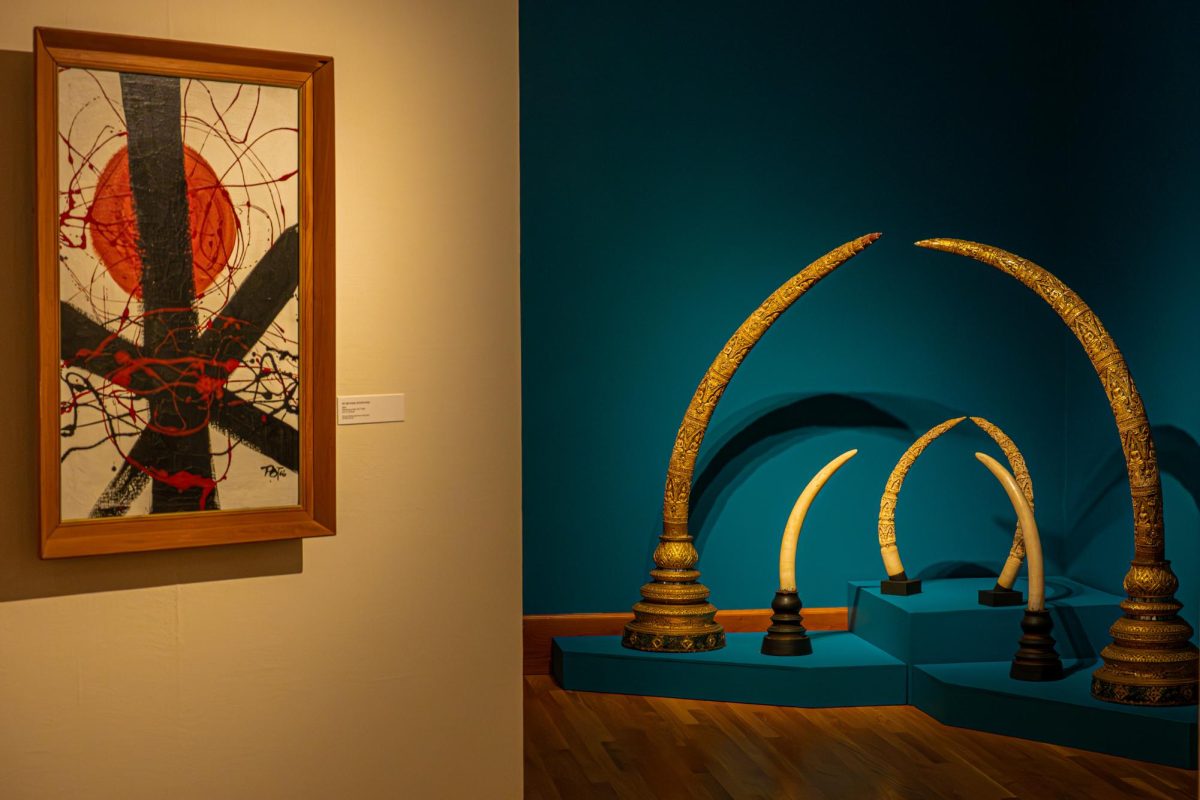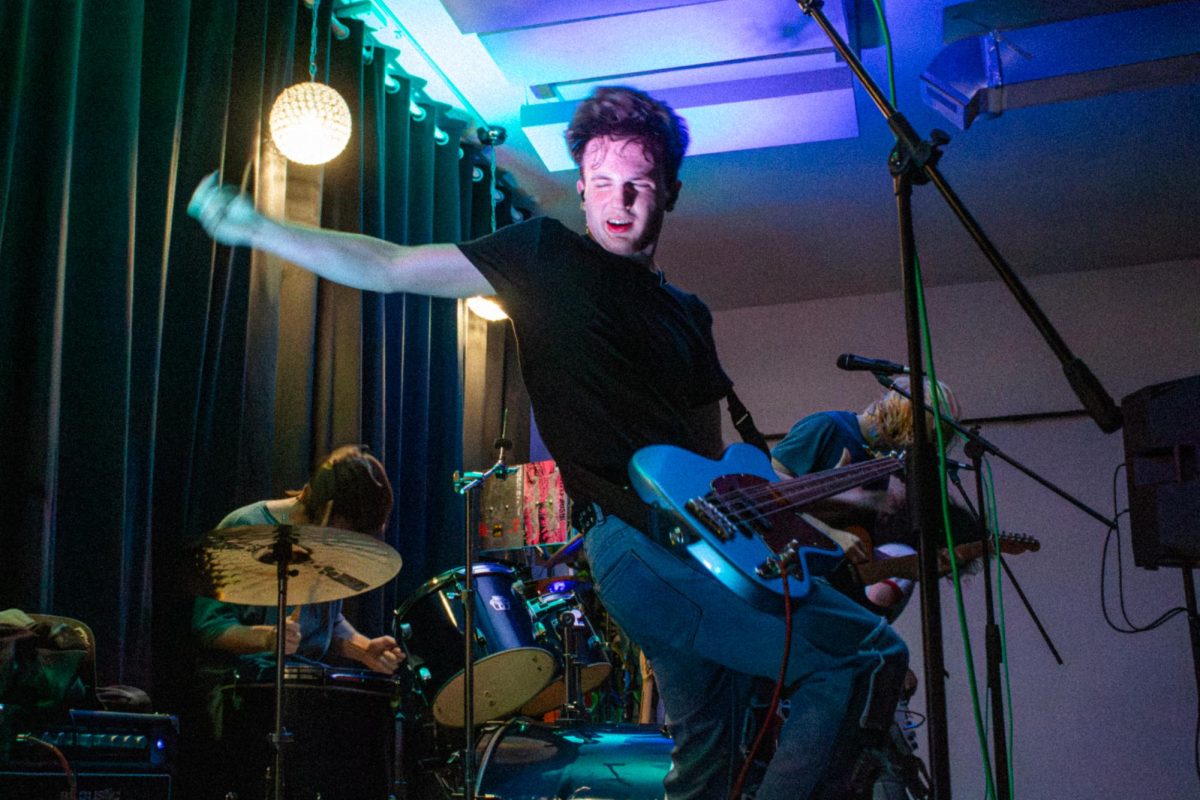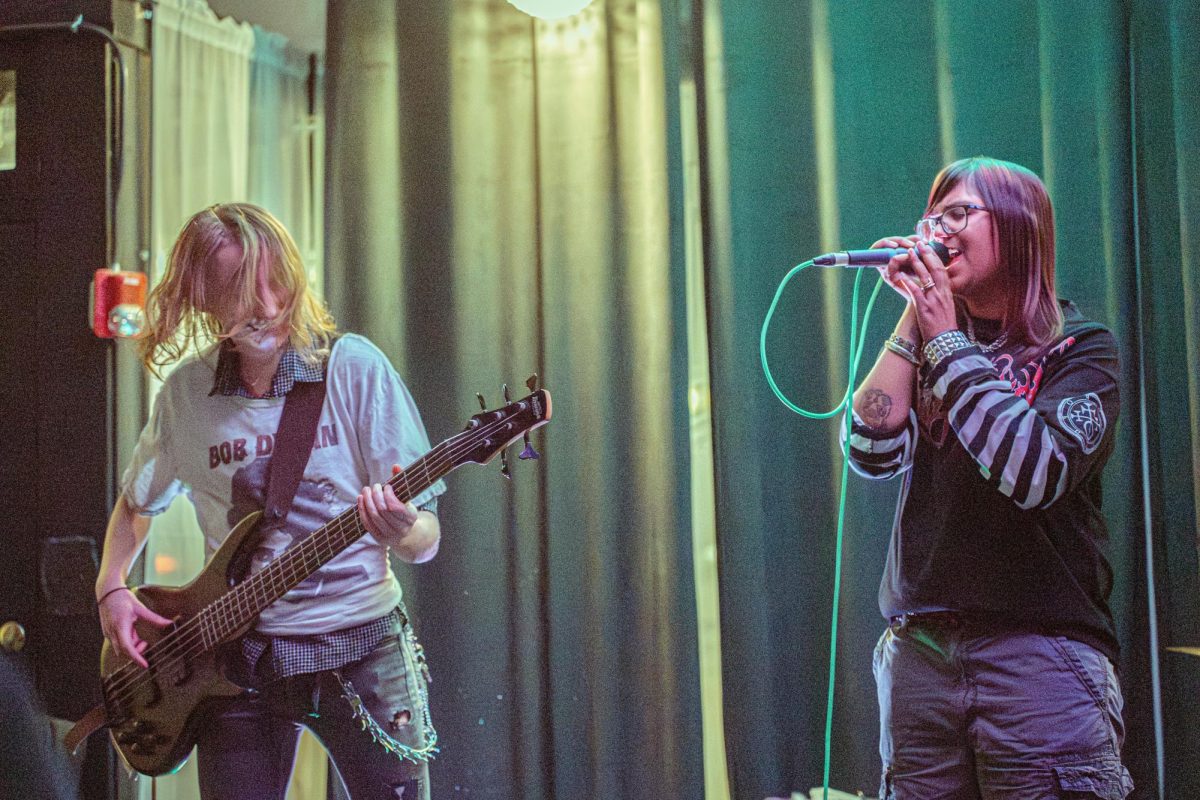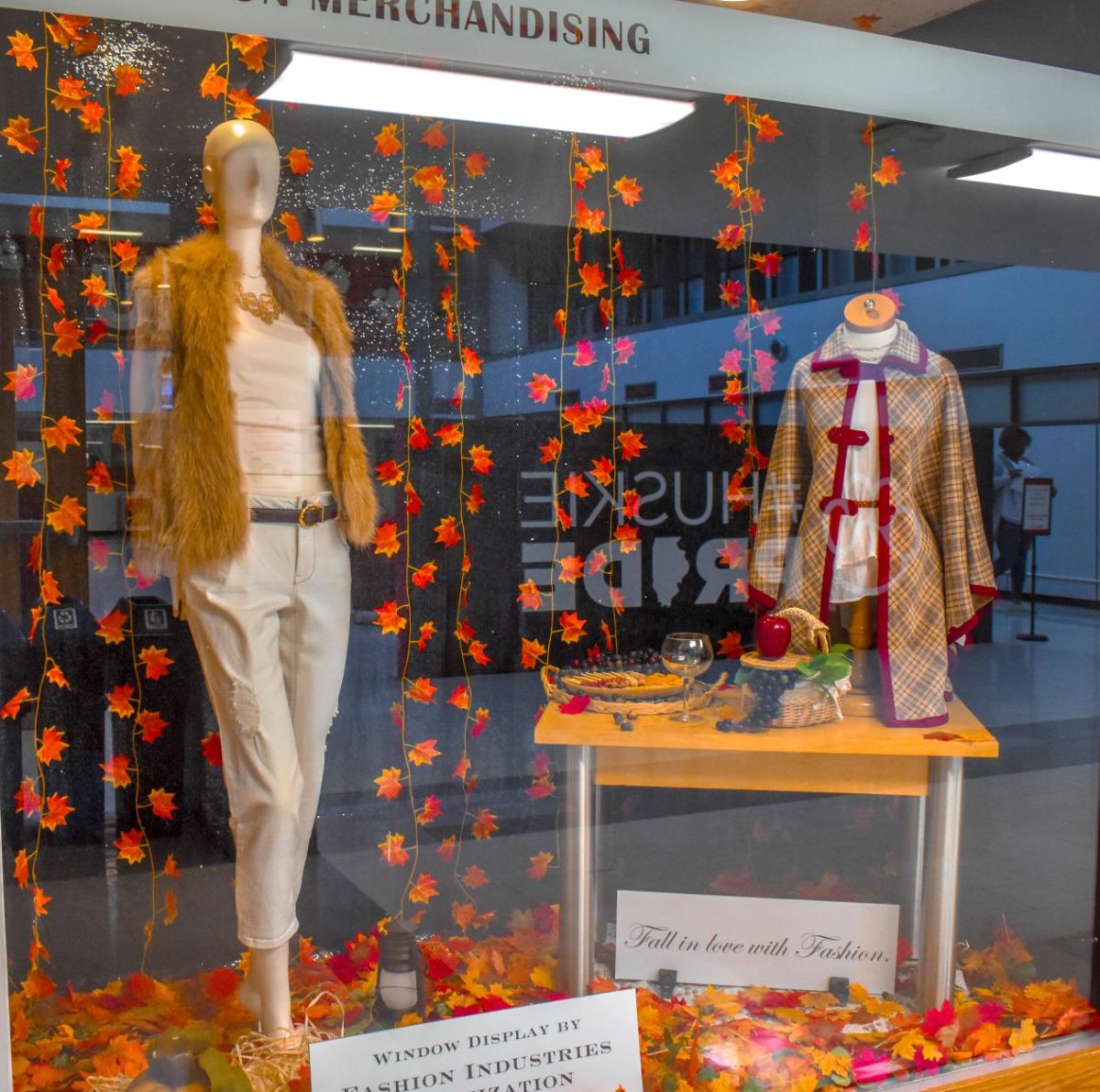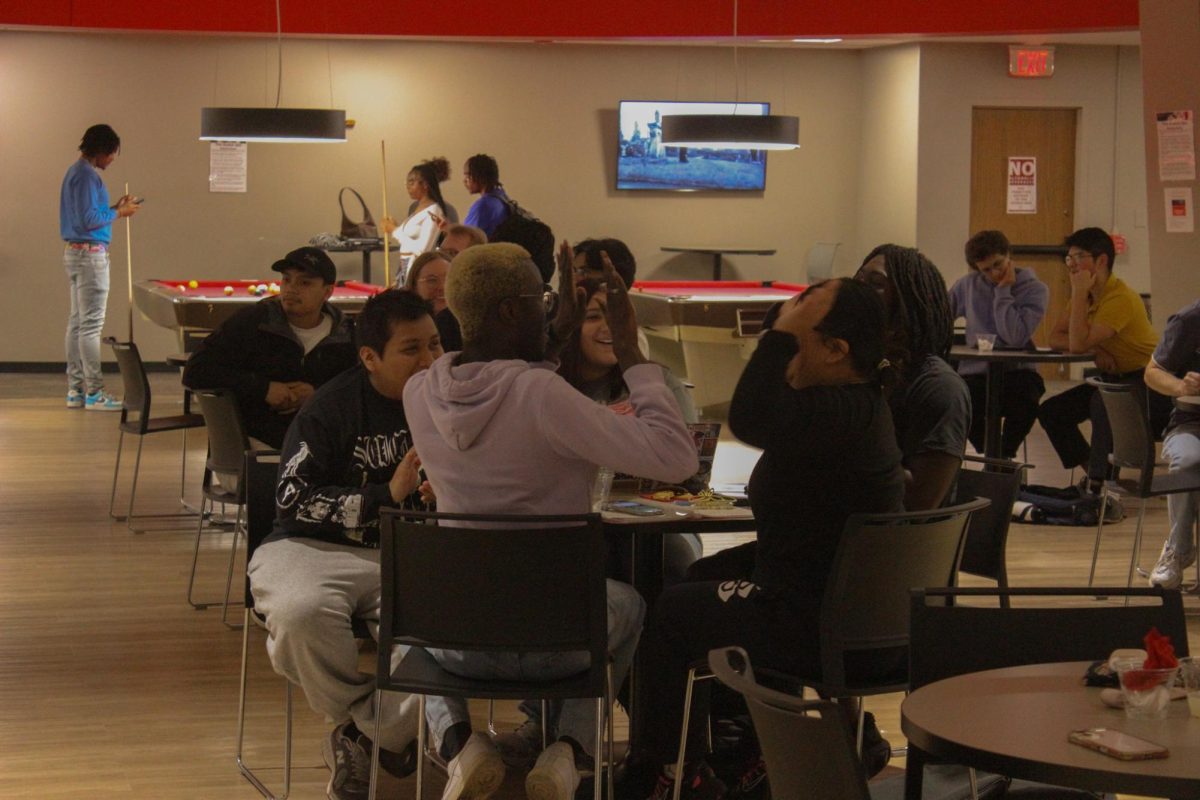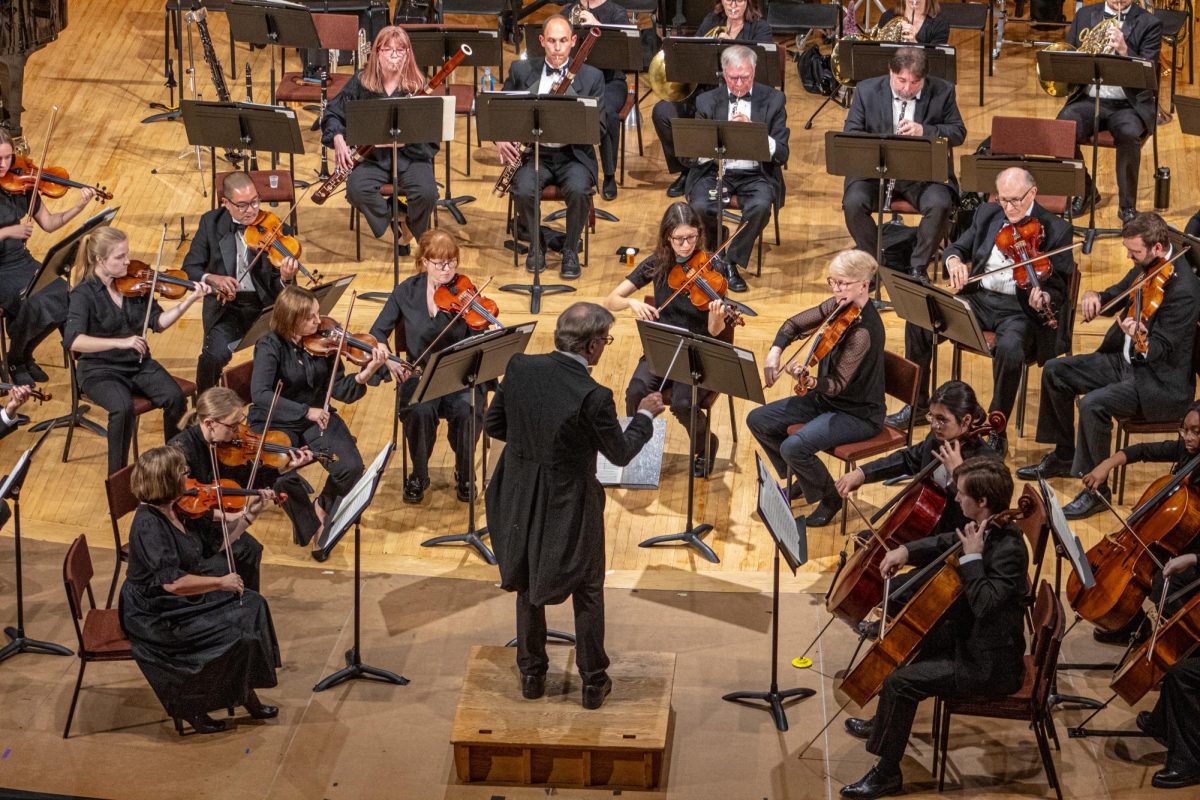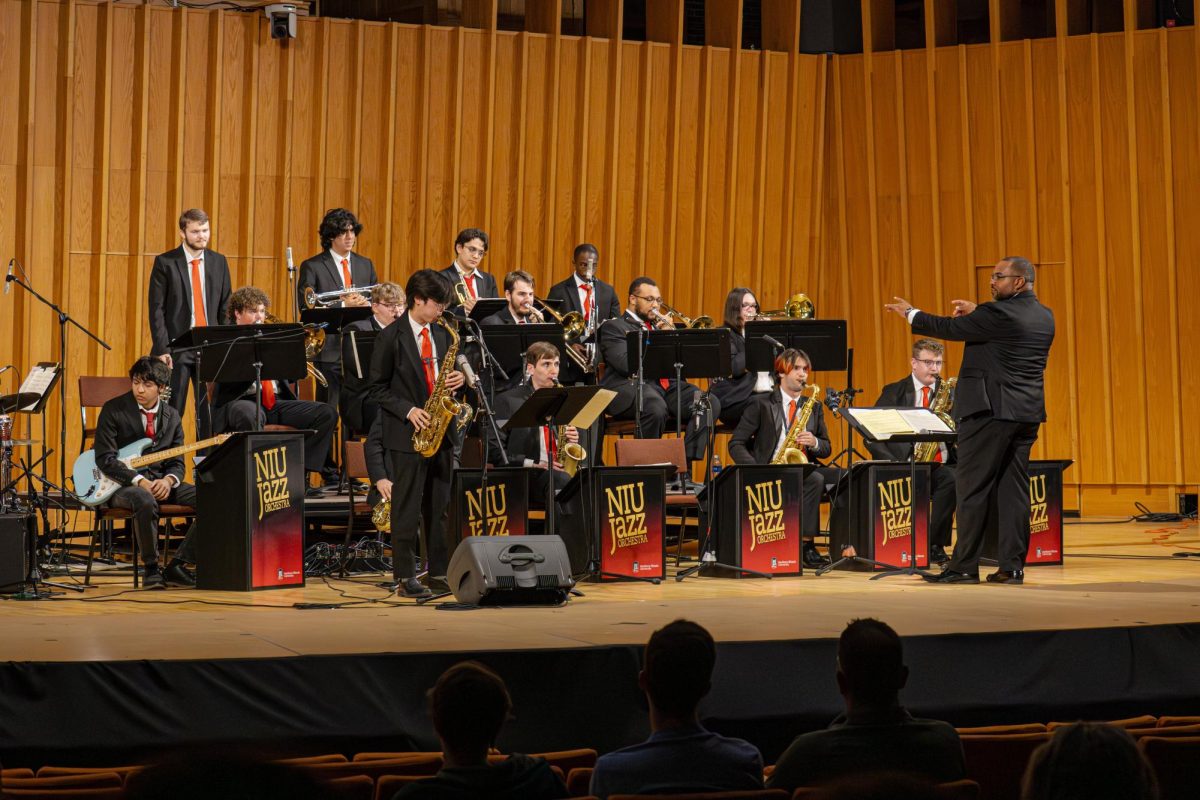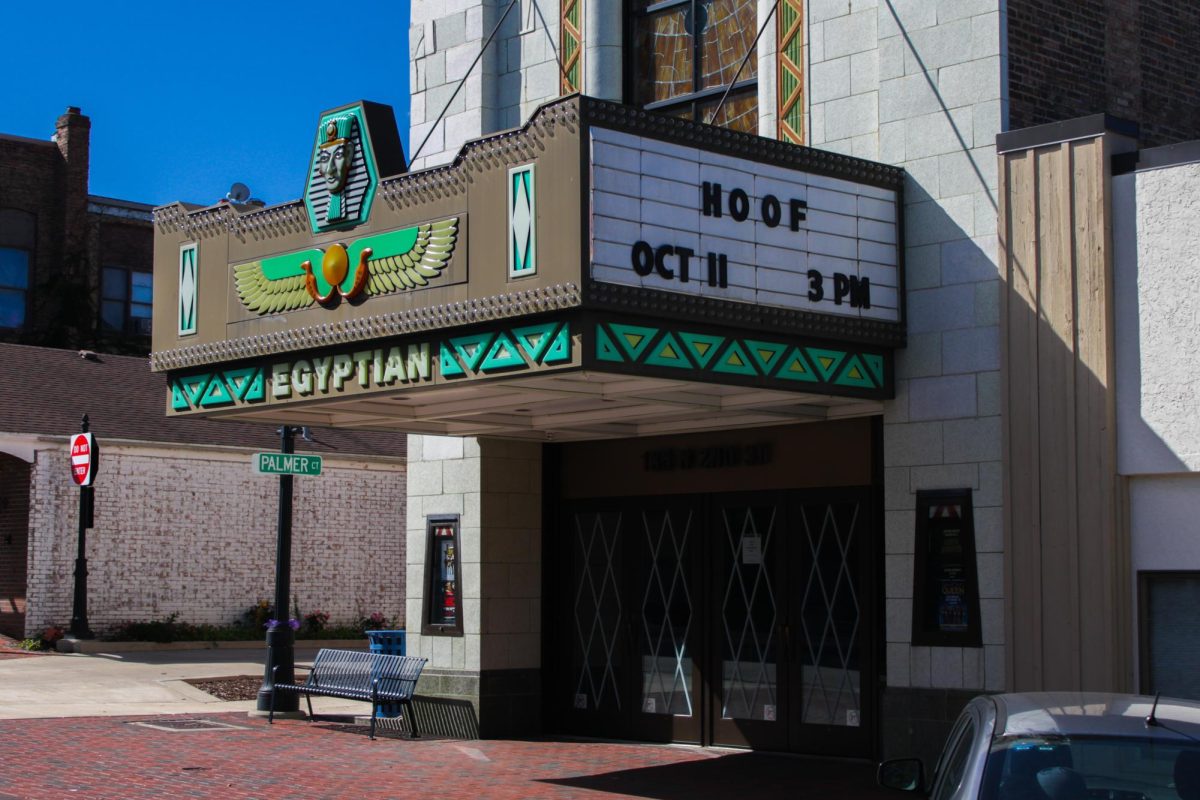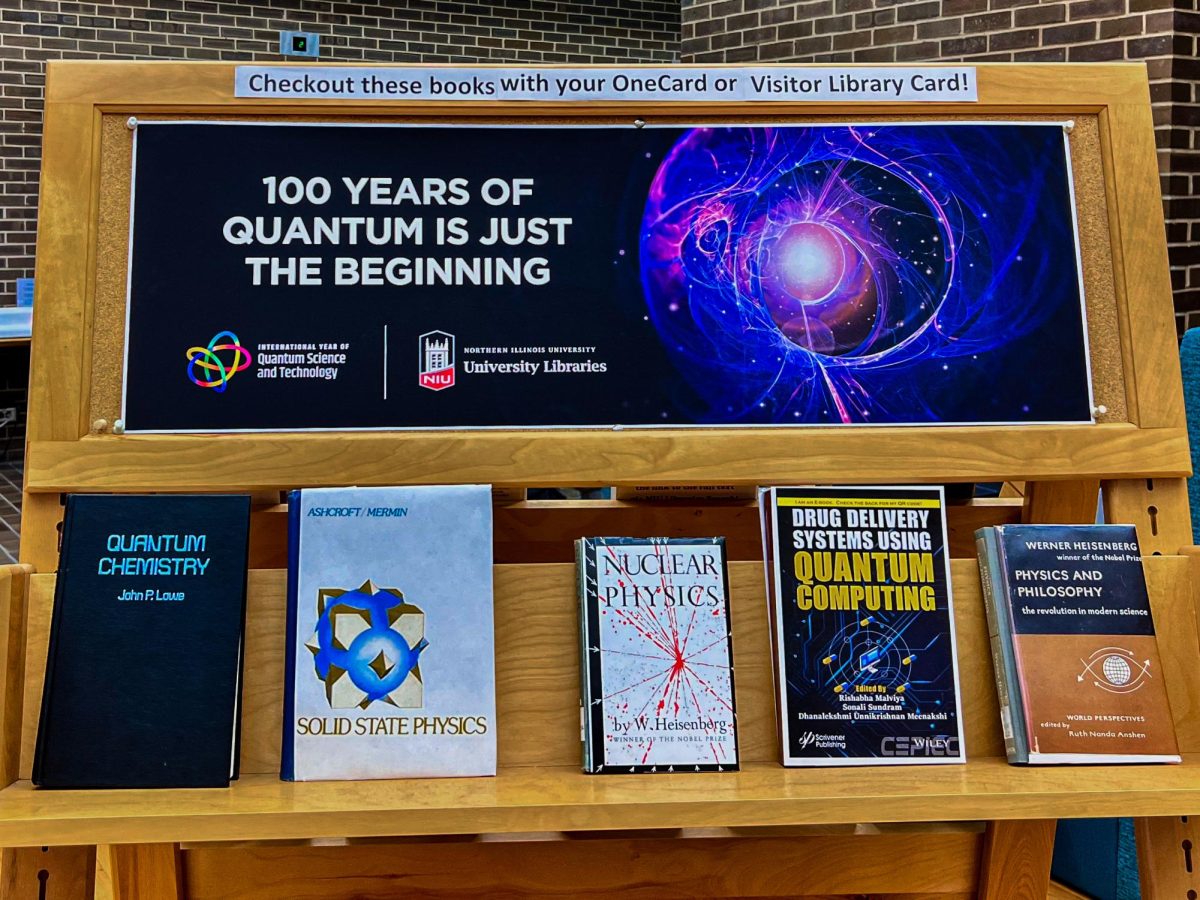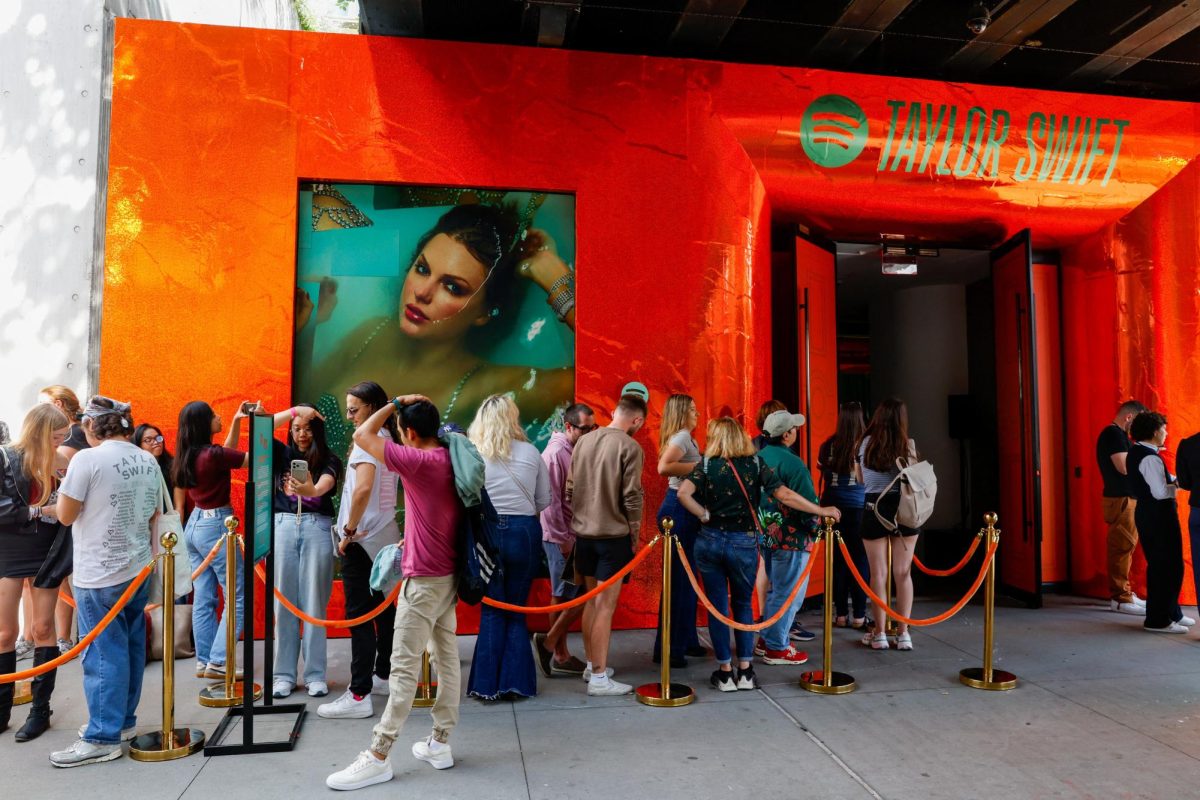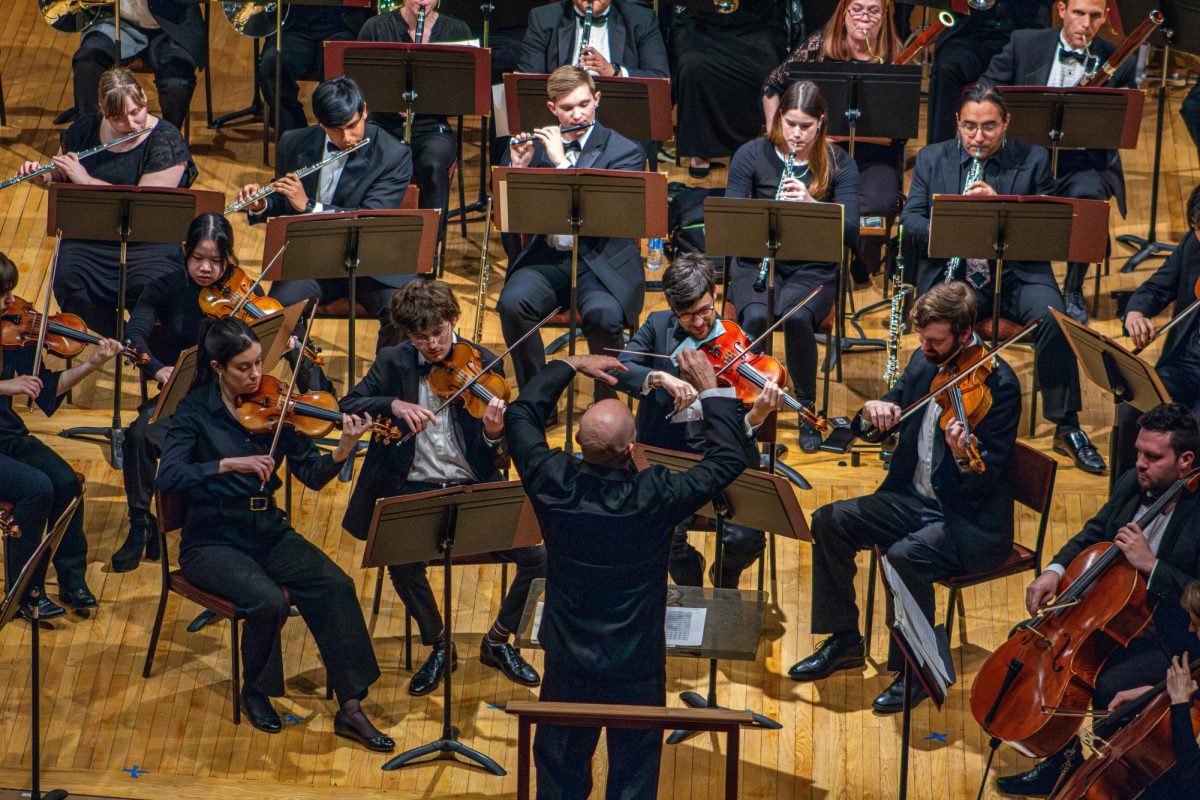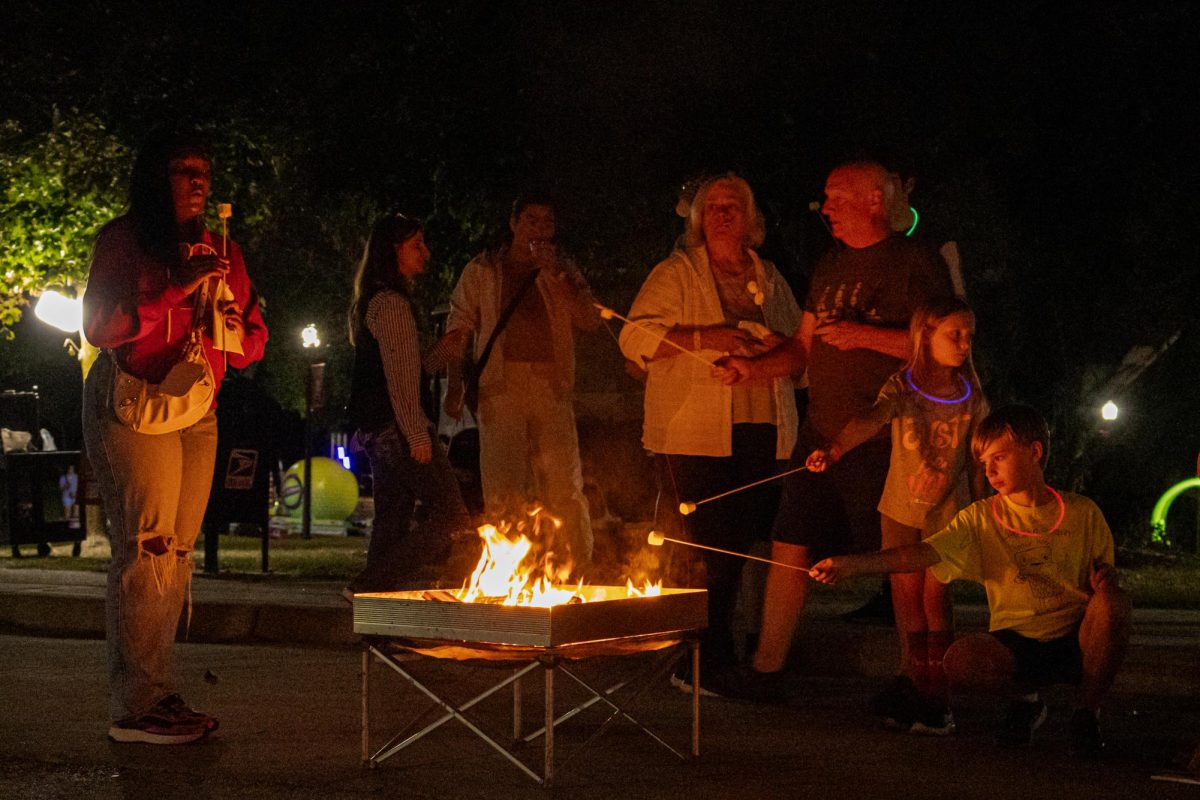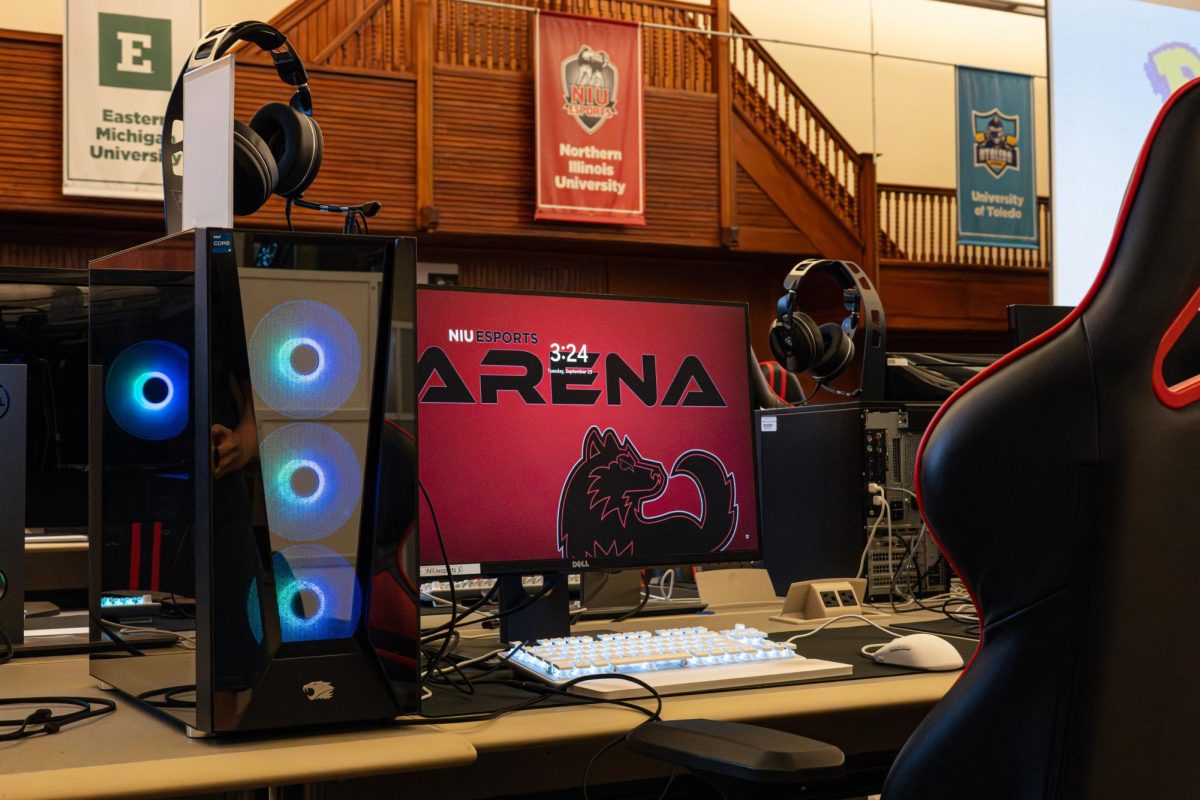To many, art is simply something beautiful to look at, but it can be so much more: A silent language, a record of history and a powerful tool for protest and change within society.
The NIU Art Museum is hosting an exhibit that proves this, featuring a collection of art that spans centuries and tells the complex history of a nation.
“Legacies on Display: The Forbidden and Venerated Arts of Burma” is open from Aug. 27 to May 9 at Altgeld Hall. It’s open Tuesday and Wednesday 10-1, Thursday and Friday 12-6, and 12-3 or by appointment on Saturday. The exhibit, curated by NIU’s Burma Studies program, offers an in-depth look into the art of Burma — officially known as Myanmar — and shows how the meaning of objects and art can change over time and how they reflect the political and social landscape of a country known for its heavy censorship.
The exhibit is divided into four sections, each posing questions about the nature of art and its role and legacy in society.
It begins with “Legacies of Knowledge,” a section in the hallway outside the display that highlights the growth of the Burma Studies program itself. Featuring objects from the “Burma Art Collection” and pages from “The Journal of Burma Studies,” both of which are part of NIU’s Burma Studies program, this section reflects the positive growth and hopeful future of the program.
It showcases the work of celebrated artists such as Paw Oo Thet with his watercolor “Natkadaw and the Burmese Orchestra” and Muang Muang Thein’s oil painting “Padaung seller,” setting the stage for the rest of the exhibit by showing how art is a vital part of documenting a culture.
The exhibit continues with “Legacies of Trade Networks,” which showcases a collection of Burmese silver items such as jewelry and household objects. It explores how trade has shaped the narratives of these objects and asks what stories might remain untold because of the way they were collected and traded.
Another section, “Legacies of Human Dominance,” features items made of ivory, a material that became more valued and harder to acquire over time because of the near extinction of Asian elephants.
This part of the exhibit confronts the ethics of using materials that have had devastating effects on animal populations, prompting visitors to consider the difficult questions on the display sign: “Who benefits when a rare material becomes art?” and “How should we make sense of artistic practices that are now known to have had devastating effects?”
The exhibit’s final and most impactful section is “Legacies of Social Mobilization,” which features different mediums of protest art. It includes a symbolic alms bowl from the Saffron Uprising in 2007-2008, which monks turned upside down to refuse giving donations to the government. The exhibit explains the significance of this act, known as tha-beik-hmauk, as a powerful sign of protest to rising consumer prices put in place by the government.
The exhibit also contains multiple htamein, a traditional Burmese longyi or skirt, which women used in protests because of the deep-rooted cultural belief that it would harm their oppressors’ karma and good fortune. These pieces discuss how old protest art still holds meaning in a world of political instability. Fifteen minutes worth of videos of varying protests in Burma from 1988, 1996, 2007 and 2021 accompany the display, showing context for the pieces and the continuous thread of protest through art over the years.
This exhibition is not only a showcase of beautiful objects, but it is also a journey that encourages visitors to learn more about Burmese history and how art can shape legacies, both past and future.
The display also coincides with the upcoming “Dealing with Legacies in Burma” international conference, which will be held at NIU from Oct. 10-12. Alongside the conference is the “Sixty Years of Printmaking at NIU: A Legacy of Excellence” display running from August 27 to May 9 across the Hall.


